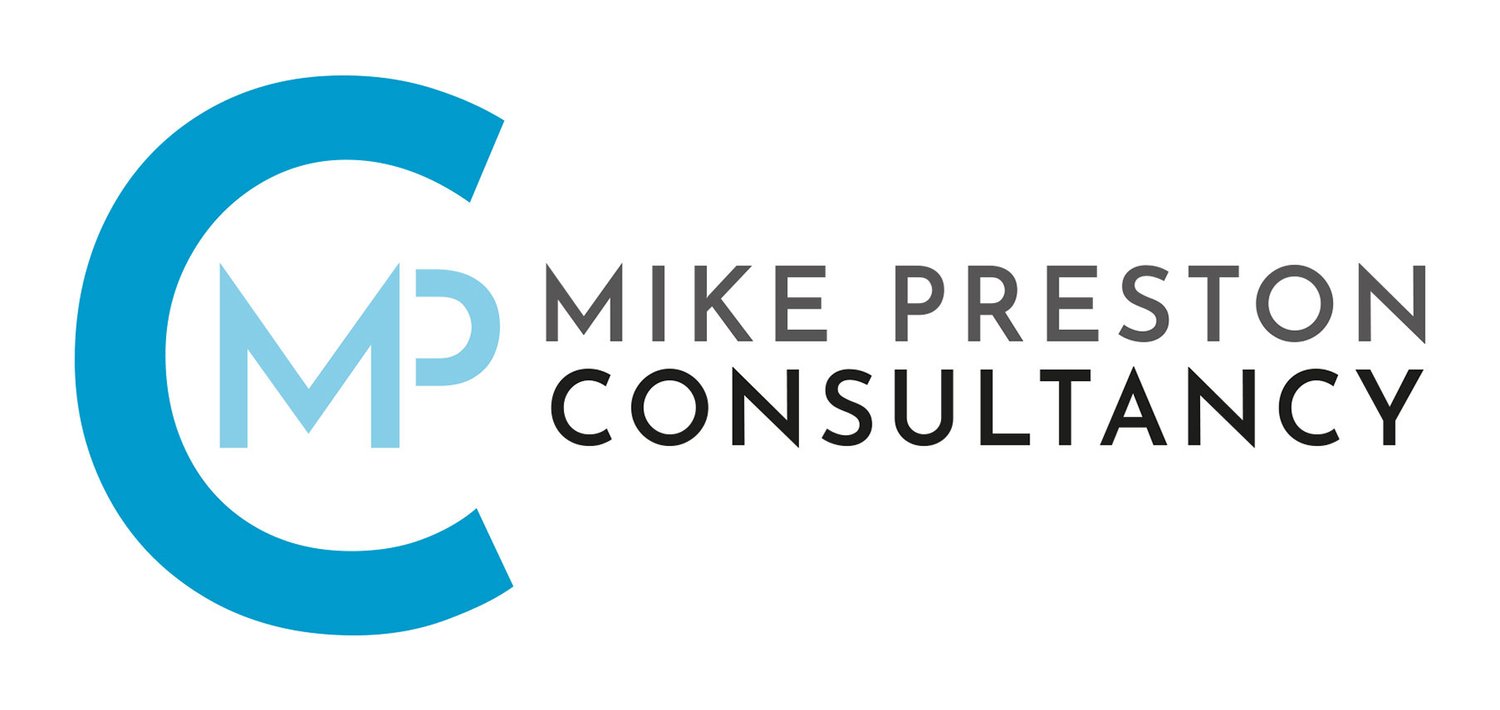Bridging the Digital Divide: Empowering Charities to Embrace Digital Inclusion
In today's digital age, technology has become an indispensable tool for charities, enabling them to expand their reach, streamline operations, and make a more significant impact. However, the "Digital Inclusion in the UK Charity Sector" report conducted by Charity Digital highlights a persistent challenge: digital exclusion. This blog post delves into the key opportunities and challenges identified in the report and explores potential solutions to foster a more digitally inclusive charity sector.
The survey revealed some interesting statistics, including:
82% of charities are concerned about digital exclusion
56% of charities find reaching service users difficult due to problems with digital technology
66% have struggled to implement digital technology due to a lack of skills among service users
Key Challenges
Digital Skills Gap: The report reveals a significant digital skill gap among service users and charity staff. This lack of proficiency hinders the effective implementation and utilisation of digital technologies, limiting their potential benefits.
Affordability and Access: The cost of digital devices, software, and internet connectivity remains a substantial barrier for many charities, particularly smaller organizations with limited resources. This financial constraint can impede their ability to fully embrace digital tools and services.
Accessibility: Ensuring that digital platforms and content are accessible to individuals with disabilities is crucial for promoting digital inclusion. The report indicates that a considerable number of charities face challenges in providing accessible technology, potentially excluding a significant portion of their target audience.
Opportunities for Progress
Prioritizing Digital Skills Training: Investing in comprehensive digital skills training programs for both staff and service users is essential. By equipping individuals with the necessary skills, charities can empower them to confidently navigate the digital landscape and leverage technology effectively.
Collaboration and Partnerships: Collaboration between charities, technology providers, and government agencies can play a pivotal role in addressing digital exclusion. By pooling resources, expertise, and funding, these partnerships can facilitate greater access to affordable technology and training opportunities.
Developing a Digital Strategy: Creating a well-defined digital strategy is crucial for charities to navigate the digital landscape successfully. This strategy should encompass plans for digital service delivery, accessibility, skills development, and technology adoption, ensuring a holistic approach to digital inclusion.
Our Solutions:
Digital Skills Audit: Conduct a Digital Skills Audit for Trustees, Staff, Volunteers and Service Users. This way you can identify any gaps early on in the relationship.
This Digital Skills Audit is designed to assess the digital capabilities across different groups within your charity: Staff, Volunteers, Service Users, and Trustees. The aim is to identify strengths, weaknesses, and areas for development to ensure the charity can leverage technology effectively to achieve its mission.
Equality Impact Assessment: An Equality Impact Assessment (EIA) is a process used to evaluate the potential effects of a policy, program, or project on different groups of people, with a particular focus on those with protected characteristics (such as age, disability, race, religion, or gender). Its primary role is to ensure that decisions are fair and do not create or perpetuate discrimination.
Digital Strategy Road Map: A digital strategy helps organizations use technology to achieve their goals, improve their performance, and stay ahead of the competition. This document will give you a roadmap for success.
Visit Our Resources Store to download any of these resources and many more. Don't forget if you sign up as a Community Member, you get unlimited access to all our resources, and e-learning throughout the year.
Conclusion
The "Digital Inclusion in the UK Charity Sector" report underscores the urgent need for charities to address digital exclusion and embrace digital inclusion. By prioritizing digital skills training, fostering collaboration, and developing comprehensive digital strategies, charities can harness the power of technology to create a more equitable and impactful future. By working together, we can bridge the digital divide and ensure that everyone has the opportunity to participate fully in the digital world.
You can view the full report here


